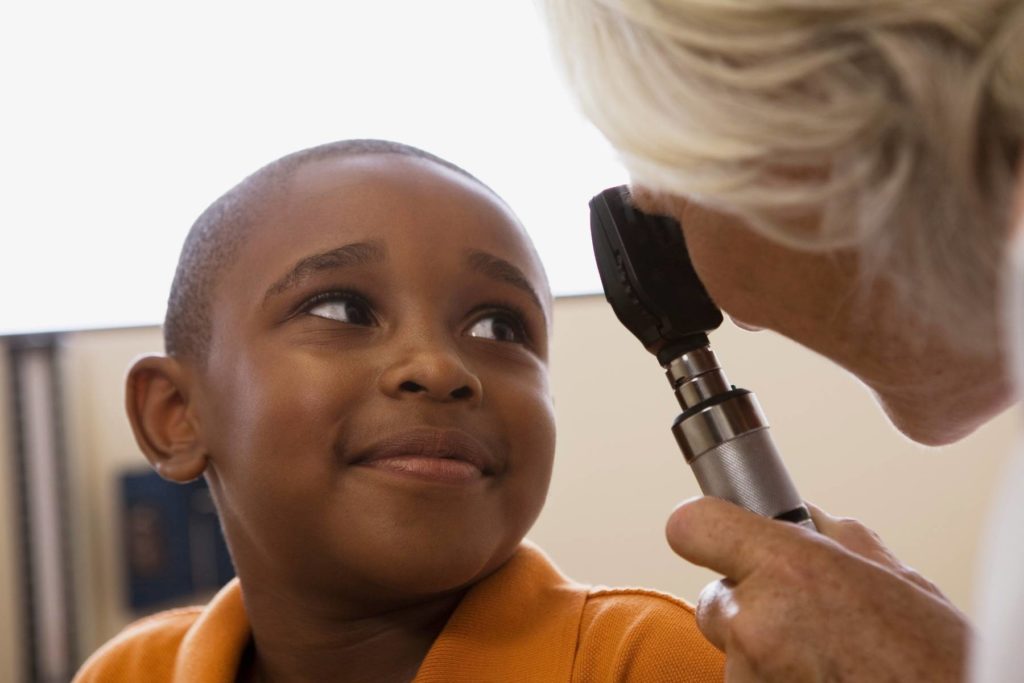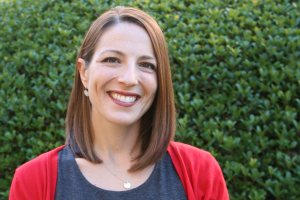Eye Exams: What You Need to Know

Eye exams are important at all ages and stages of life and at CPCMG, you can expect your child’s eyes to be checked at each well visit. Eye exams will uncover vision problems, detect potential eye diseases, and help your child enjoy life-long good vision.
For babies
Did you know that when babies are born, they can only see about a foot in front of their face? Their world is a blur of light and dark, but a baby will have an eye exam at their very first doctor’s appointment! You may notice your CPCMG provider shining a light in your baby’s eyes, which helps check the red reflex and the response of the pupils. If you’ve ever taken a “red eye” picture, you’ve seen the red reflex which reflects the back of the eyeball. The red reflex tells us that the eye is formed and working as it should.
Another way to test a child’s vision is a cover test. The provider will cover one of your baby’s eyes and then quickly uncover it to make sure they’re still pointing the same direction. If not, there could be trouble with your baby’s vision and additional follow up appointments will be needed.
Most babies can see very well by four months of age and are happy to notice and smile at things all around the room. Be sure to mention to your CPCMG pediatrician if you don’t think your baby can see you, even at this young age.
For children
Starting at 12 months, your CPCMG provider will administer a more formal eye test. For one- to three-year-olds, CPCMG uses GoCheck Kids, a computer program that takes a photo in dim lighting, then measures the size, shape, and direction of the pupils to confirm they are equal. This screening test helps pick up the earliest signs of amblyopia, which is commonly called lazy eye. When the test results are normal, it’s safe to assume your child can see well. If the results are abnormal, we will likely refer you to an ophthalmologist to confirm alignment of your child’s eyes and recommend steps to protect their eyesight. Untreated lazy eye can result in blindness, so if you see any inward or outward turning of your child’s eye, please make an appointment with your CPCMG pediatrician.
Once kids can name shapes or letters, they will be able to take the Snellen eye test. This is the eye exam that you’re probably most familiar with – your child will read the tiny letters on a chart from across the room. In cooperative patients, we can get a reliable screen on kids as young as 3 or 4! If your child can’t read the lines, CPCMG will ask you to set up a visit with an optometrist to see if glasses are needed. The optometrist is usually able to do a yearly vision screening using the vision benefits on your insurance and you may not need a referral (double check your insurance policy to confirm).
For teens
It’s important for teens to have an annual comprehensive eye exam, especially if they wear glasses or contact lenses. If their vision has changed, their prescription can be updated to make sure their vision is 20/20.

